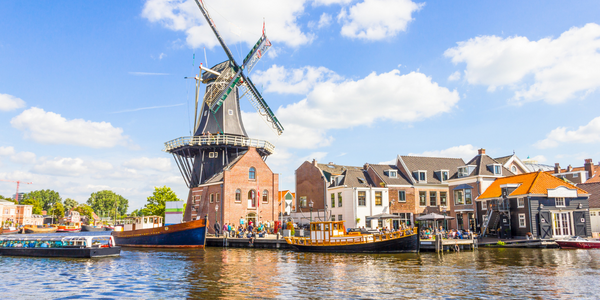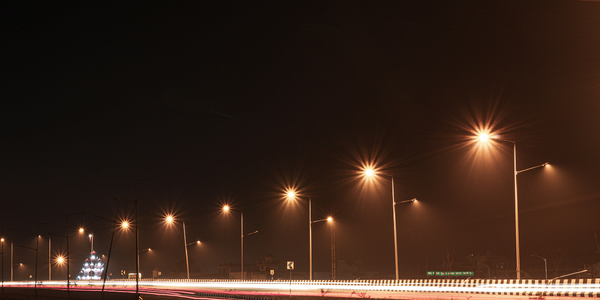技术
- 功能应用 - 计算机化维护管理系统 (CMMS)
- 传感器 - 电表
适用行业
- 建筑物
- 城市与自治市
适用功能
- 设施管理
- 维护
用例
- 能源管理系统
- 时间敏感网络
服务
- 系统集成
关于客户
霍尔斯特布罗市是丹麦的一个市镇,拥有 230,000 平方米(250 万平方英尺)的大型建筑组合。该市有一个小型能源团队,负责技术安装、建筑和翻修、能源预算、外部维护和检查以解决建筑物中的问题。该团队由三名负责能源、工程和安装的人员组成,五名负责建筑项目和建筑维护。能源管理只是团队处理的众多任务之一。鉴于管理如此庞大的投资组合的复杂性,市政府必须拥有合适的工具来支持团队。
挑战
丹麦霍尔斯特布罗市正在应对管理其庞大建筑组合能源消耗的挑战。由于投资组合规模庞大,小型能源团队很难确定其工作的优先顺序。现有的能源管理系统 (EMS) 已经过时,并且更多地侧重于数据收集,而不是提供可行的见解。 EMS不仅难以维护,而且缺乏准确性,导致其提供的数据可信度较低。该团队必须花费大量时间来维护系统,这占用了他们的其他任务。该市政府需要一种现代化、高效的解决方案,帮助他们更有效地管理能源消耗并为团队节省时间。
解决方案
该市政府求助于 Ento 基于人工智能的能源顾问来解决他们的能源管理挑战。基于人工智能的系统分析来自市政当局建筑物的数据和天气数据、日历和新冠封锁信息等外部变量,以识别偏离的消费模式。这使得团队能够优先考虑他们应该访问哪些建筑物,以识别和实施节能。该系统还使他们能够报告已实施的措施并监控他们是否随着时间的推移实现了预期的节省。基于人工智能的系统不仅可以帮助团队更有效地管理能源消耗,还可以减少手动数据分析的需要,从而节省时间。该系统独立运行,使团队能够将更多时间花在建筑物上,而减少分析数据的时间。
运营影响
数量效益

Case Study missing?
Start adding your own!
Register with your work email and create a new case study profile for your business.
相关案例.

Case Study
Turning A Stadium Into A Smart Building
Honeywell created what it called the “intelligent system” for the National Stadium in Beijing, China, turning the venue for the opening and closing events at the 2008 Summer Olympics into a “smart building.” Designed by highly controversial artist Ai Weiwei, the “Bird’s Nest” remains one of the most impressive feats of stadium architecture in the world. The 250,000 square meter structure housed more than 100,000 athletes and spectators at a time. To accommodate such capacity, China turned to Honeywell’s EBI Integrated Building Management System to create an integrated “intelligent system” for improved building security, safety and energy efficiency.

Case Study
Energy Saving & Power Monitoring System
Recently a university in Taiwan was experiencing dramatic power usage increases due to its growing number of campus buildings and students. Aiming to analyze their power consumption and increase their power efficiency across 52 buildings, the university wanted to build a power management system utilizing web-based hardware and software. With these goals in mind, they contacted Advantech to help them develop their system and provide them with the means to save energy in the years to come.
.png)
Case Study
Smart Street Light Network (Copenhagen)
Key stakeholders are taking a comprehensive approach to rethinking smart city innovation. City leaders have collaborated through partnerships involving government, research institutions and solution providers. The Copenhagen Solutions Lab is one of the leading organizations at the forefront of this movement. By bringing together manufacturers with municipal buyers, the Copenhagen Solutions Lab has catalyzed the development and deployment of next-generation smart city innovations. Copenhagen is leveraging this unique approach to accelerate the implementation of smart city solutions. One of the primary focus areas is LED street lighting.

Case Study
Buoy Status Monitoring with LoRa
The Netherlands are well-known for their inland waterways, canals, sluices and of course port activities. The Dutch Ministry of Infrastructure indicates that there are thousands of buoys and fixed items in and near water environments that would profit from IoT monitoring. One of the problems with buoys for example, is that they get hit by ships and the anchor cable breaks. Without connectivity, it takes quite some time to find out that something has happened with that buoy. Not to mention the costs of renting a boat to go to the buoy to fix it. Another important issue, is that there is no real-time monitoring of the buoys at this moment. Only by physically visiting the object on the water, one gains insight in its status.

Case Study
Barcelona Case Study
Barcelona’s heavy traffic and its associated high levels of pollution were the primary factors that motivated some companies and universities to work on strategies for improving traffic in the city centre. Bitcarrier is one of the technologies involved in the In4Mo Project, whose main objective is to develop the applications that form the core of smart mobility, one of the fundamental pillars of the smart city concept.








